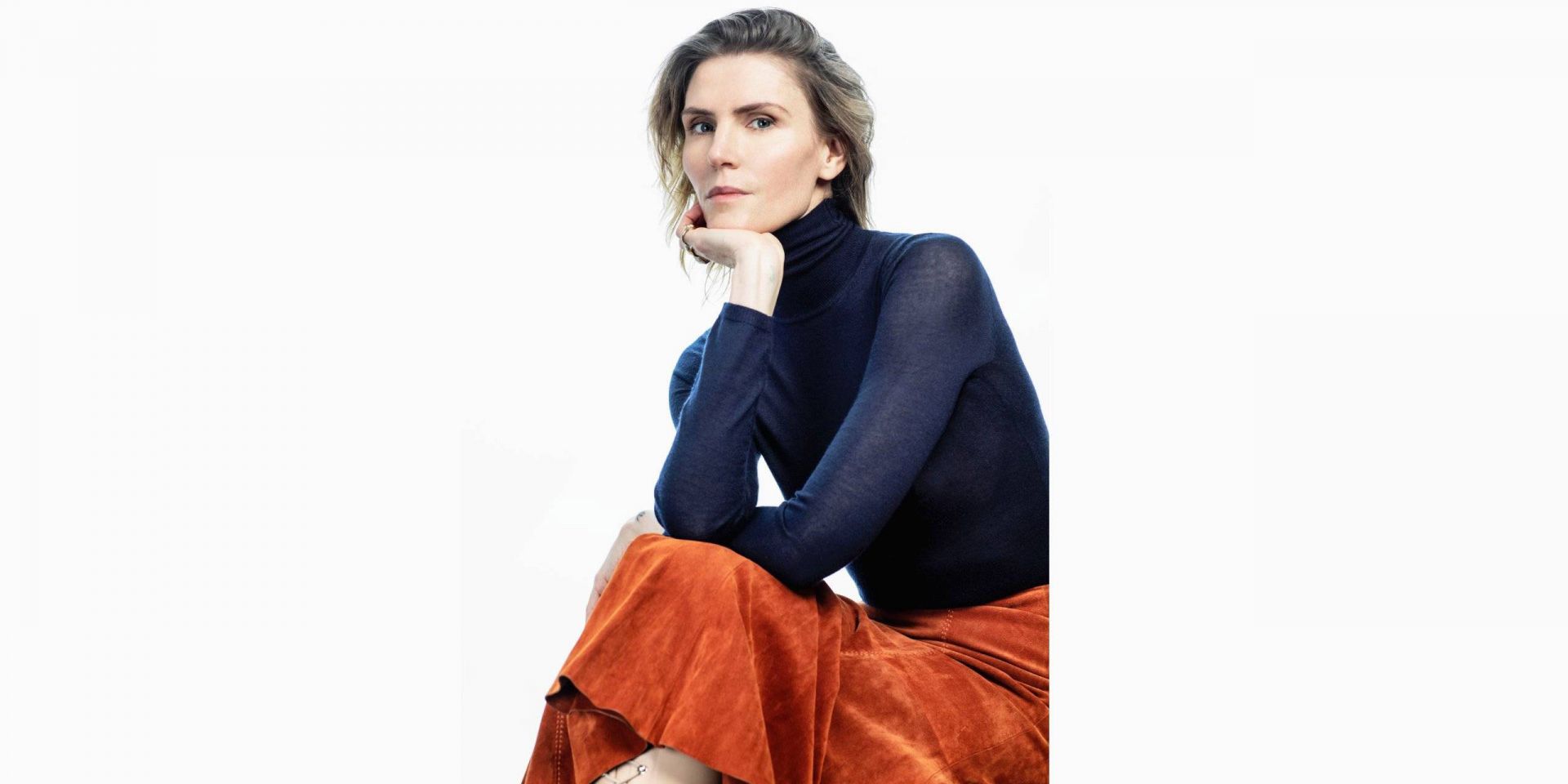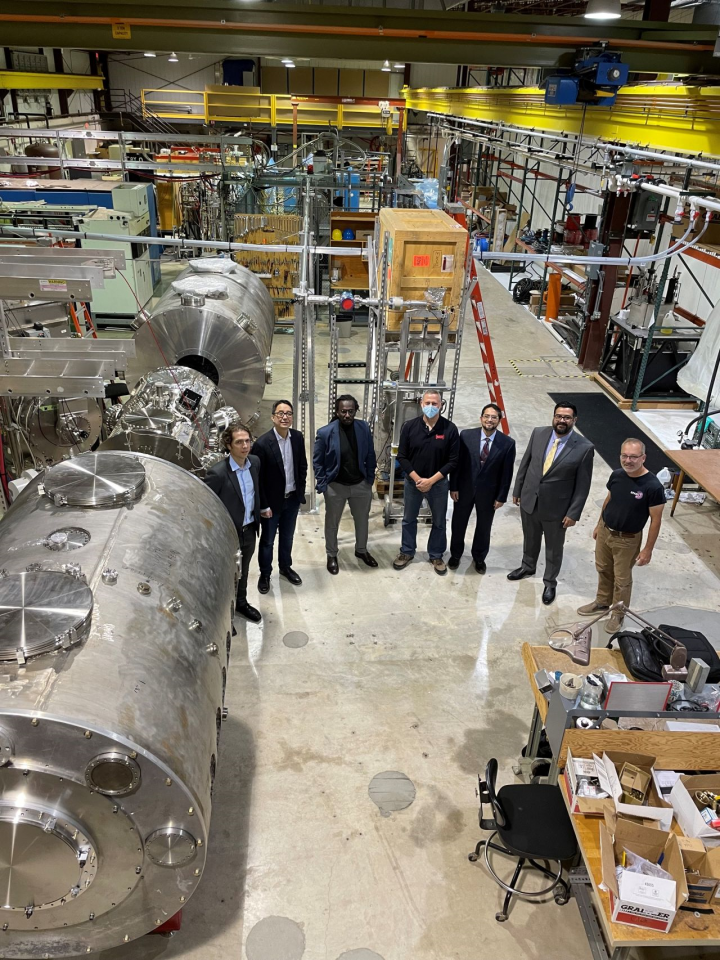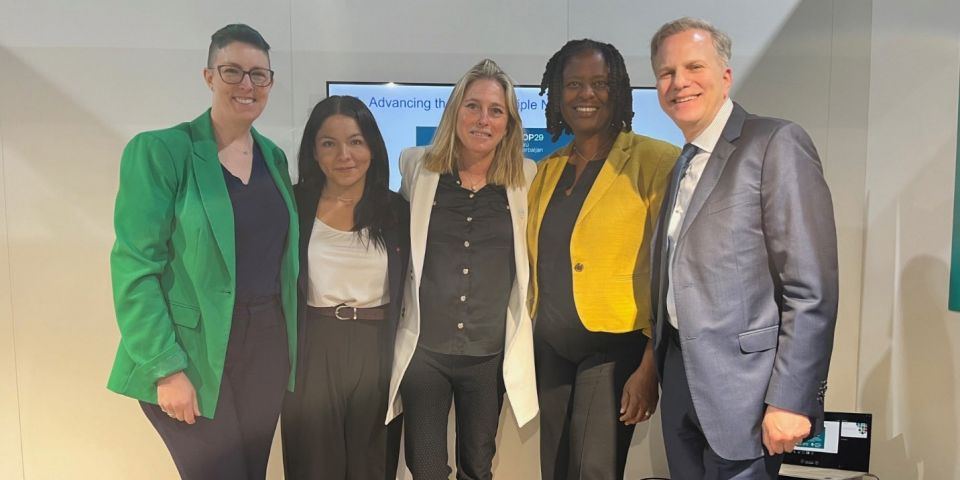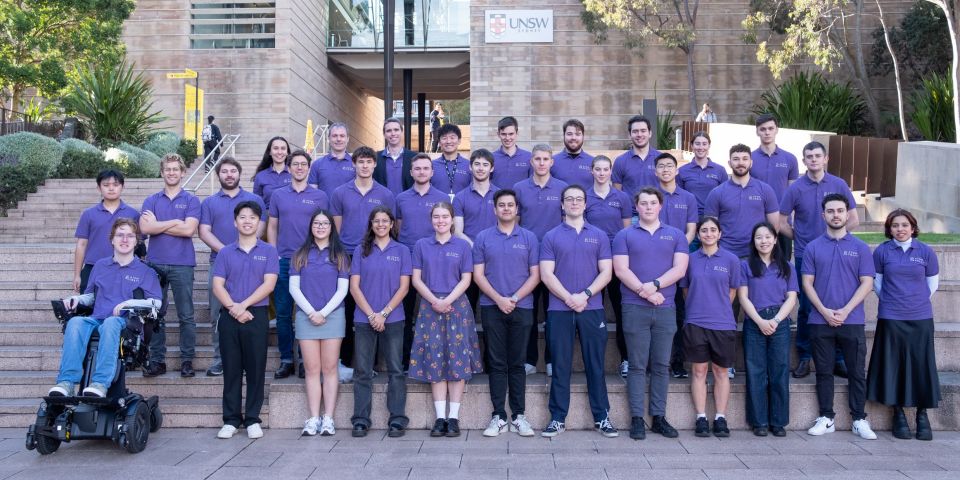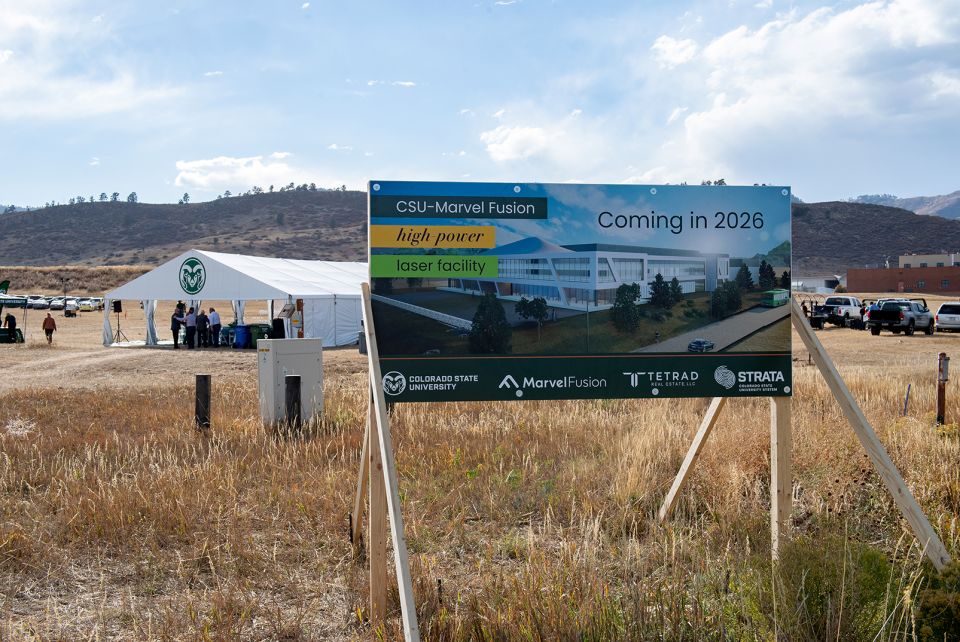Fusion fashion concepts: Vanity Fair senior editor Keziah Weir writes that Hearst’s collection, shown at a spring-summer fashion event in late 2022, was “appropriately physics-inflected.” In some designs, she chose a particular type of fuchsia to “color-match the pinky-purple shade of a fusion reaction; hydrogen isotopes, deuterium and tritium, appear as abstract patterns across the clothes. They [the models] walked a runway designed to resemble a tokamak, the doughnut-shaped device that produces energy through the magnetic fusion of atoms. The Mexico-based light artist Paolo Montiel-Coppa created enormous incandescent rings, representing magnets, which floated above the stage.”
Hearst’s fusion inspiration was based on her visits to the ITER site in France, Commonwealth Fusion Systems in Massachusetts, and Helion in Washington state. Laban Coblentz, ITER communications director, as observed of Hearst during her visit, “I would say when Gabi showed up on the tenth of May of this year [2022], she was the most well-educated layperson on fusion science I had ever seen. . . . Gabi has a unique sense of how the artistic temperament and the scientific temperament can help to advance each other’s narratives.”
Climate and social concepts: In addition to being inspired by concepts of nuclear physics, Hearst—who was born in Uruguay, raised on a cattle ranch, and married a grandson of the late American newspaper magnate William Randolph Hearst—is also driven by her concerns about conservation, climate change, and social issues. In the article, Hearst says, “I’m a luxury designer. A luxury designer means that you need to know where everything comes from and how everything is made, from soup to nuts.” Weir adds, “In 2019, she’s widely credited with the fashion industry’s first carbon-neutral runway show, working with the production company Bureau Betak to assess and reduce the show’s carbon footprint, and then with the climate consultancy EcoAct to provide a carbon offset by donating to the Hifadhi-Livelihoods Project, which provides efficient cookstoves to communities in Kenya’s Embu and Tharaka Nithi counties.”
Weir also notes, “Last fall, under the direction of Hearst and CEO Riccardo Bellini, Chloé became the first luxury fashion house B Corp, a designation given to corporations that meet criteria pertaining to transparency and ‘high standards of social and environmental performance.’ Chloé currently scores an 85.2—80 is the bar for certification, and the median score for typical businesses is 50.9.”
Four collections: According to the article, Hearst is displaying her climate-fusion fashion concepts in a series of four collections. Her collection last fall featured “recycled cashmere sweaters and painted leather bags (a waste product of the meat industry, she says) that portrayed images of disaster on one side—a scorched mountain landscape, melting icebergs—and success on the other—a field of poppies below a green peak, a pair of polar bears.” Hearst’s “primarily monochromatic resort collection served as the introductory course in her stealth mission to deliver fusion literacy to the masses—laser-cut star motifs, spangled black leather jackets, and broderie anglaise frocks.” Her spring-summer collection is “bursting with color and symbolism, as her master class.”
Hearst’s next planned collection, says the designer, is about “really understanding our brain. . . . We need to change a bit of our consciousness in order to evolve, because there’s something about our programming that’s just not working right, right now.”
